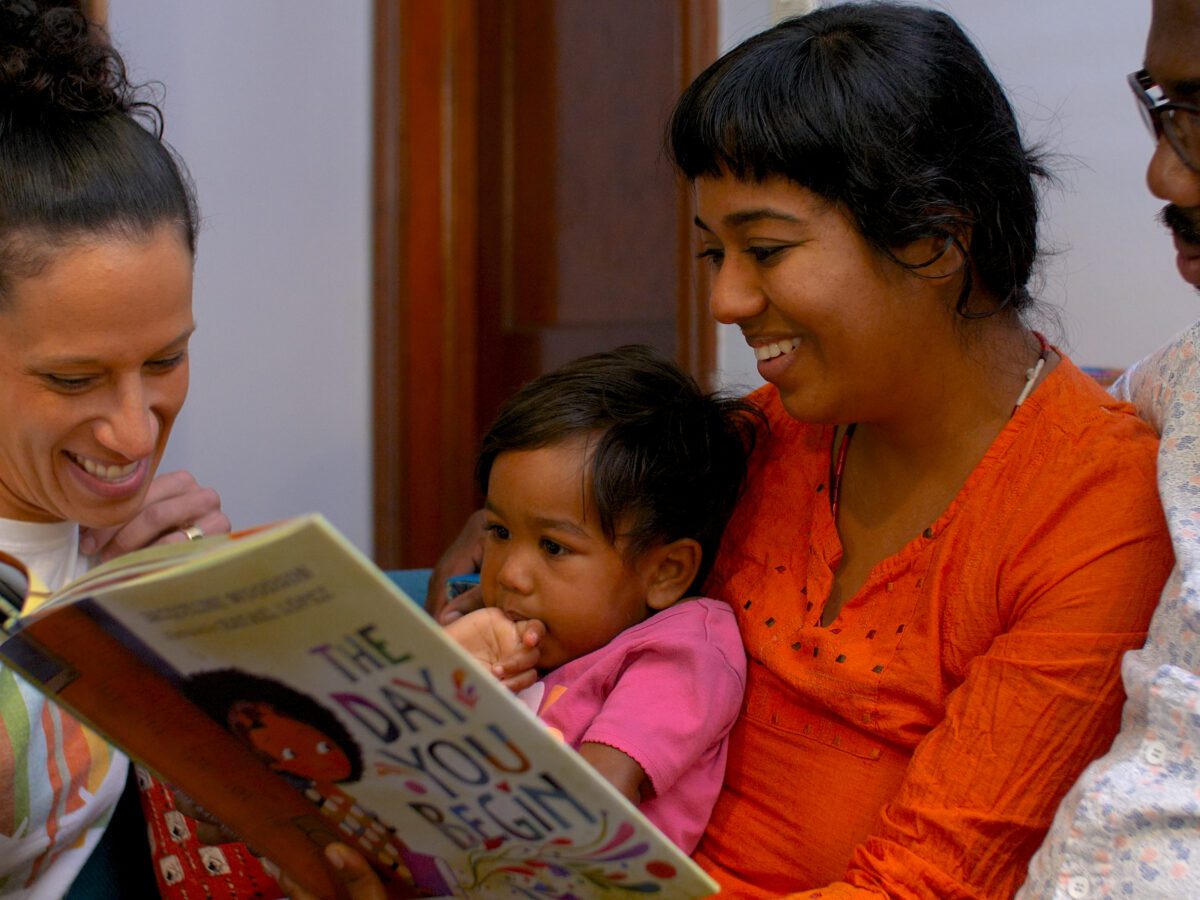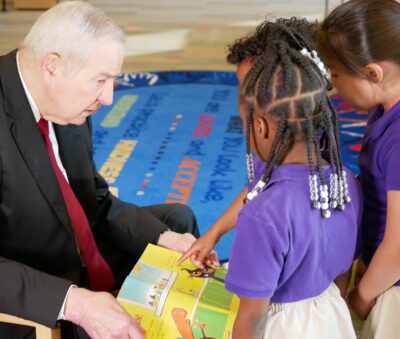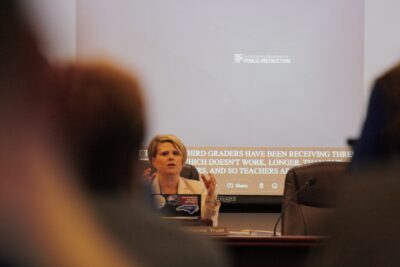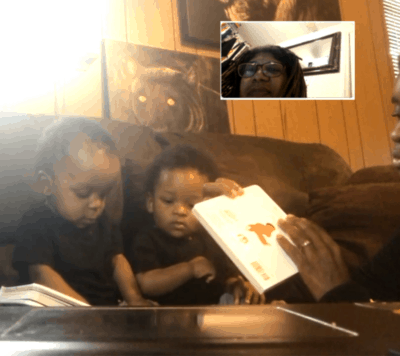
What a thrill to see children’s literacy covered on the front page of The New York Times on April 16. This analysis of the pedagogical shift to the “science of reading” underscores that a new approach to teaching and learning in the early grades is taking root in classrooms across the country.
The story came as other news was breaking indicating that our kids are on the road to improved reading. The Department of Public Instruction issued results from its 2022-23 Read to Achieve program demonstrating that K-3 students showed growth in literacy skills from the beginning to the middle of this academic year, at faster rates than the national sample.
This is the first year that teachers across the state are beginning to apply the tenets of the science of reading required by the 2021 Excellent Public Schools Act. As State Superintendent Catherine Truitt stated, “Given the growth that we’re seeing, we are anticipating that our third graders are going to do better than they have in the past.”
And the Business Roundtable — an association of more than 200 CEOs of America’s leading companies, representing every sector of the U.S. economy — issued its latest briefing, “Why Reading Matters – Now More than Ever” on April 4. SAS CEO and North Carolina childhood literacy champion Jim Goodnight spoke at a press conference last week, underscoring the essential imperative of improving literacy rates to build a qualified workforce for the future, keeping the United States globally competitive and ensuring broader economic opportunity.
This flurry of attention to children’s literacy is encouraging and even exciting; but it fails to acknowledge and act on one driving truth:
Literacy begins at birth.
Only if and until all of us — parents, educators, policymakers, health care providers, business leaders, and passionate advocates — work together to bring the true starting line of literacy to birth will we realize enduring, vibrant literacy for all children.
When it comes to science, here’s what we know:
- 80% of brain development takes place in the first three years of life; 90% by the time a child is 5.
- The American Academy of Pediatrics urges families to read to children from birth, stimulating brain development that builds language, literacy, and a child’s motivation to learn.
- But 61% of children from low-income households in our country have no books at home.
- And research tells us time and time again that parents are the most important key to early childhood literacy success and future academic achievement.
At Book Harvest, we have been harnessing this science to build an early literacy system of care over the past decade. Our approach brings the starting line of language development to birth, supporting parents with the resources and tools they need from the earliest days and extending all the way through kindergarten enrollment. Our programs ensure that when their kids cross the threshold of school, they are ready for the science of reading to take hold and take off.
What does Book Harvest’s early literacy system of care look like? It has three core components:
- Books from Birth: A partnership with hospitals and health systems to send every newborn home with a starter home library of 10 brand new board books to foster early language and reading routines at home from a baby’s very first days.
- Book Babies: A literacy coaching book provision program that partners with families of Medicaid-eligible newborns for five full years through kindergarten enrollment, providing quarterly home visits, a total of 100+ age-appropriate and language-appropriate books, and pre-K and kindergarten transition support.
- Books on Break Pre-K: The opportunity for pre-K students to choose their very own, brand new books to take home and keep forever at the end of their pre-K year, to fuel their excitement to enter kindergarten ready to learn.
We applaud our fiercely dedicated teachers for the work they are doing to teach our children to read. We honor the accomplishments of programs like Early Head Start, Dolly Parton’s Imagination Library, and Reach Out and Read.
And, at the same time, we know that all the attention childhood literacy is getting reflects a dire crisis in our country: our kids aren’t reading proficiently.
Together, let’s move the starting line back to birth. Let’s give every parent the resources, tools, and supports they need to unlock the brilliance in each and every one of their babies from the moment they come into this world. Like diapers and formula, let’s send them home from the hospital with books. Let’s plant the seeds of the science of reading — dialogic reading, phonemic awareness — right from the outset by helping parents establish regular reading routines at home from day one. And let’s instill the joy of reading in kids with an abundance of books they can cherish forever, helping them build home libraries.
Maybe then — just maybe — the front page of our newspapers will tell the story of how literacy starts at birth and that it lays the foundation for a lifetime of literacy and prosperity.




